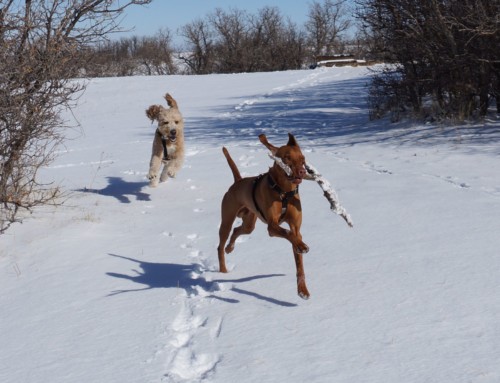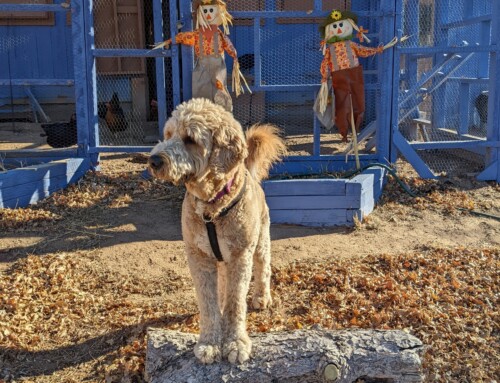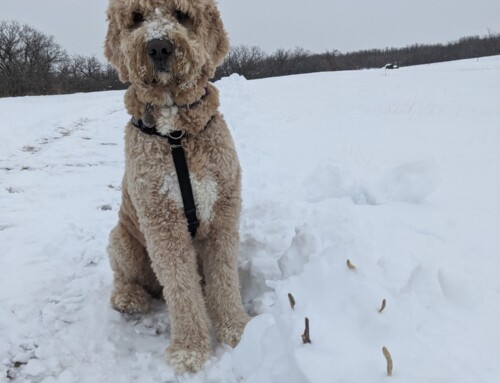DOG TRAINING OFFERED IN-PERSON AND ONLINEOur dog training services are delivered in almost any format that meets your needs. We have GROUP CLASSES at our indoor and outdoor facilities on our farm, ONLINE LIVE STREAMING classes, and SELF-PACED VIDEO-BASED training through our Online Dog Training Course. Our PRIVATE TRAININGS can be done in-home, outside, in public dog-friendly locations, at our facility on our farm, online via phone or video conferencing and through email. |
I bet everyone has either lived with or known of a dog who seems to hate the vacuum cleaner. I'm not sure what exactly about a vacuum gets dogs all riled up, but some will avoid it like the plague and others will go on the offensive when it gets rumbling and moving about the floor.
I went to see a client the other day with a Cairn Terrier who has quite a reaction to the vacuum cleaner and the mop. He begins his excessive high-pitched barking the minute they come out and often won't quit for several minutes.
This reaction to the vacuum and the mop have been going on for as long as my client can remember. She brought him home around 8 weeks of age, and he is now a little over 2 years old. So he's been practicing and perfecting this behavior for quite some time. For as long as she's had him, she has never done anything to encourage or create this behavior – no chasing after him with these objects, for example. Some people think it's funny, unfortunately, and do chase after the dog which only exacerbates the problem. In this case, however, nothing like that was done.
So after 2+ years of this behavior, can it be changed? Yes, but don't expect it to happen overnight. This behavior has become a habit by this time, so changing it will take some work. At our first session, I was planning to put the dog on leash so we could help control his behavior and help him make better choices.
However, when the leash came out, I discovered, we had a much larger issue with self control or impulse control than I had first thought. He got so wound up over the leash coming out, that we never got to working on the mop or the vacuum that first session.
We held off on bringing out the mop or the vacuum until the second session one week later. My client made remarkable progress in a week's time. The Terrier was now much calmer and able to focus when the leash came out, as well as actually getting through the door when heading out for a walk. That is something that had been a problem since he was young.
Since the mop seemed to get less intense of a reaction than the vacuum, we began with the mop. We had the dog out of sight, brought out the mop, set it in a corner and then brought the dog back in the room. He noticed it but did not react in his usual way, so we gradually progressed to being able to move it around slowly. He did great. Of course, he received treat rewards for not reacting to the mop and maintaining his composure.
Next we did the same with the vacuum. We did not work up to turning on the vacuum in our session. Our goal at this point is to keep the dog below threshold so he is not barking, lunging and biting at the vacuum or mop. We were quite pleased with his progress in just two sessions and will continue to progress as he is ready.
Whatever issues you might be facing with your dog, and for however long they might have been ongoing, it is never too late to address issues. They just need to be addressed in the right way and at the right pace for your dog. Most mistakes are made by trying to do too much too soon, or by trying to force a dog to get past something that they are not able to handle yet. Patience and compassion are key!
Our goal is to positively impact the lives of as many dogs and their families as we can, in part through our extensive library of video, infographics and text articles. |








